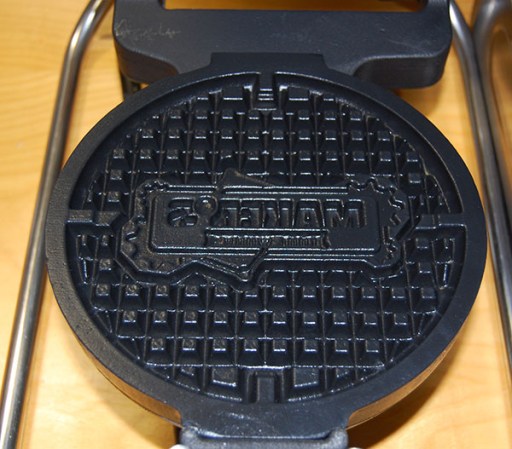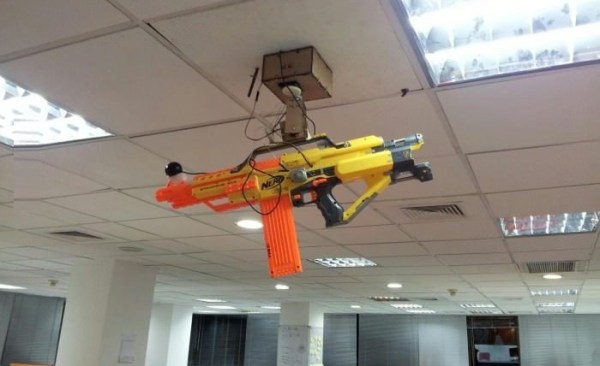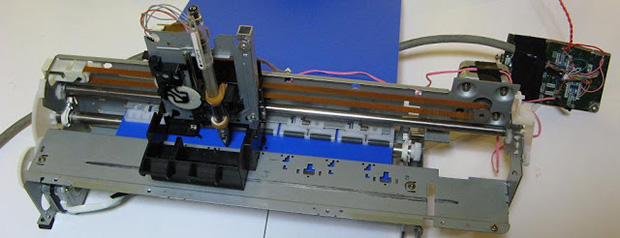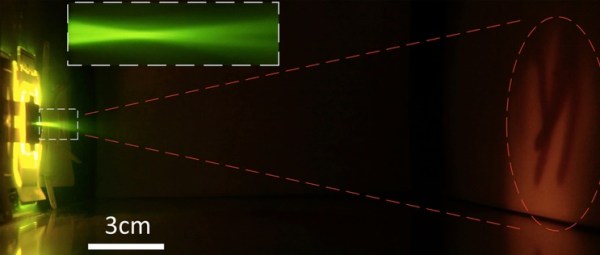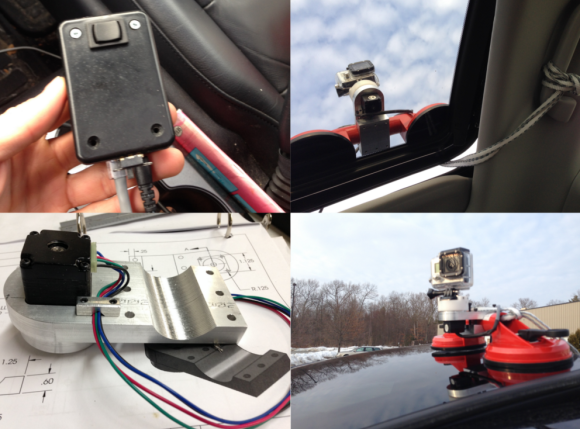Hackaday is settling in with the action at the Midwest RepRap Festival in Goshen, Indiana. Already it’s turning out to be a great weekend; an hour after the doors opened at 6:00 pm on Friday, with a freight train blocking traffic for half the town, there were more than 100 people through the doors. I have since stopped counting.
As far as who’s here, Lulzbot, the guy behind the Smoothieboard, Ultimaker, [Josh] from MakerJuice, [Jo Prusa], [Nicholas Seward], creator of the RepRap Wally, Gus, and Simpson, and the folks from MakerHive and Maker’s Tool Works.
Everybody is having tons of fun and I’m currently giving away Hackaday T-shirts in return for a contribution to the beer fund. The real show starts Saturday morning with a waffle breakfast, talks from famous reprappers, and hours and hours of fun.
Pics of some cool stuff below, here are two live streams, videos of awesome stuff up tomorrow.
Continue reading “Midwest RepRap Festival: 3D Printed Waffles”

